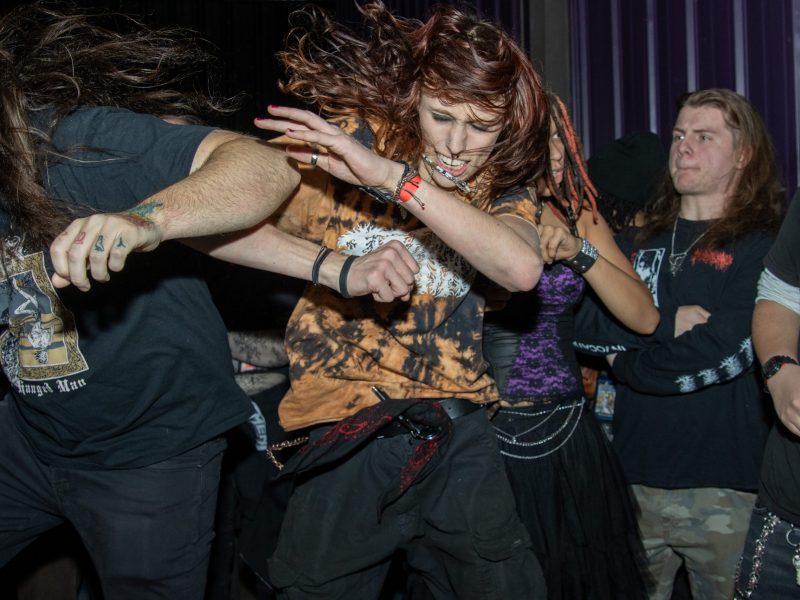Sex and the City first brought us Carrie Bradshaw and her lovable friend group almost 30 years ago, but the show remains a favorite for a new generation of viewers.
The show’s longevity can be attributed to its relatable characters, comedic plot lines and fabulous outfits. Everyone can find a piece of themselves in Carrie, Samantha, Charlotte and Miranda.
Carrie is the quintessential anti-hero sporting Manolo Blahniks; Samantha is a confident, promiscuous publicist; Charlotte is the preppy romantic; and Miranda is the sensible, intelligent lawyer. Each characters’ unique traits are crafted into an aspirational, admirable personality for the viewer.
Everyone wants to be as confident as Samantha or as classy as Charlotte.
The four women can be categorized into common archetypes: the lover, the everyman, the sage and the explorer. But why, in a modern feminist world, are we as viewers drawn to such two-dimensional female characters?
The answer is simple — love. The show is centered on romantic and platonic relationships. Carrie and Mr. Big glue viewers to their screens and, during the show’s peak, had them tuning in every week for each next episode. Their on-again, off-again love is painful and messy but so real.
The show makes room for personal reflection by giving the audience an intimate look into each character’s chaotic relationships.
In season three, Charlotte’s comical panic about not getting a call back hits home for anyone who has freaked out over getting left on delivered. Or, in in season two, Carrie finds out Mr. Big is engaged despite his inability to commit during their relationship, which resonates with viewers who have dealt with feelings of rejection in their romantic life.
[UMD alum discusses new sports film ‘The Senior’ at advanced screening]
Are our boyfriends like Mr. Big, complicated but once-in-a-lifetime? Or are they more like Aidan Shaw — sweet, but only perfect on paper?
And do we handle these men like Carrie, a creative spirit who makes terrible but relatable mistakes? Or like Miranda, a grounded, smart careerist who leads with her head and not her heart?
The duality of these characters is what makes them so irresistible. Every episode invites the audience to superimpose their own heartbreaks, romances and friendships onto the show. In each closing scene, fans are given advice they can apply to their own messy relationships.
The show has become a go-to guide for modern relationships, despite a dating landscape that’s changed drastically since the 90s. It’s the type of timeless media that leaves you nodding your head as the credits roll. Carrie’s musing about men — with their intriguing questions and wandering analogies — echo modern dating concerns.
Since the show’s resurgence, some of Carrie’s more popular voiceovers have gone viral on TikTok, where Gen-Z women have garnered thousands of likes for lip-syncing her monologues. These voiceovers are more than a trend, instead serving as advice for young women. A recent viral sound stemmed from an episode where Carrie loses her writing when her clunky, outdated laptop glitches.
[Demi Lovato’s directorial debut spotlights the struggles of child actors]
“After all, computers crash, people die, relationships fall apart,” she says wistfully. “The best we can do is breathe and reboot.”
Yes, the puns and metaphors are a little heavy-handed, but in just a few words, she sums up the importance of moving on.
Carrie’s expensive taste in fashion and bad taste in men have made viewers feel seen for three decades. The show gives us four, confident female leads and adds a vulnerability to their characters that makes them resonate with the audience.
Sex and the City will go down as a classic for its witty writing and stylish outfits, but more importantly, for its empathetic portrayal of young women.



